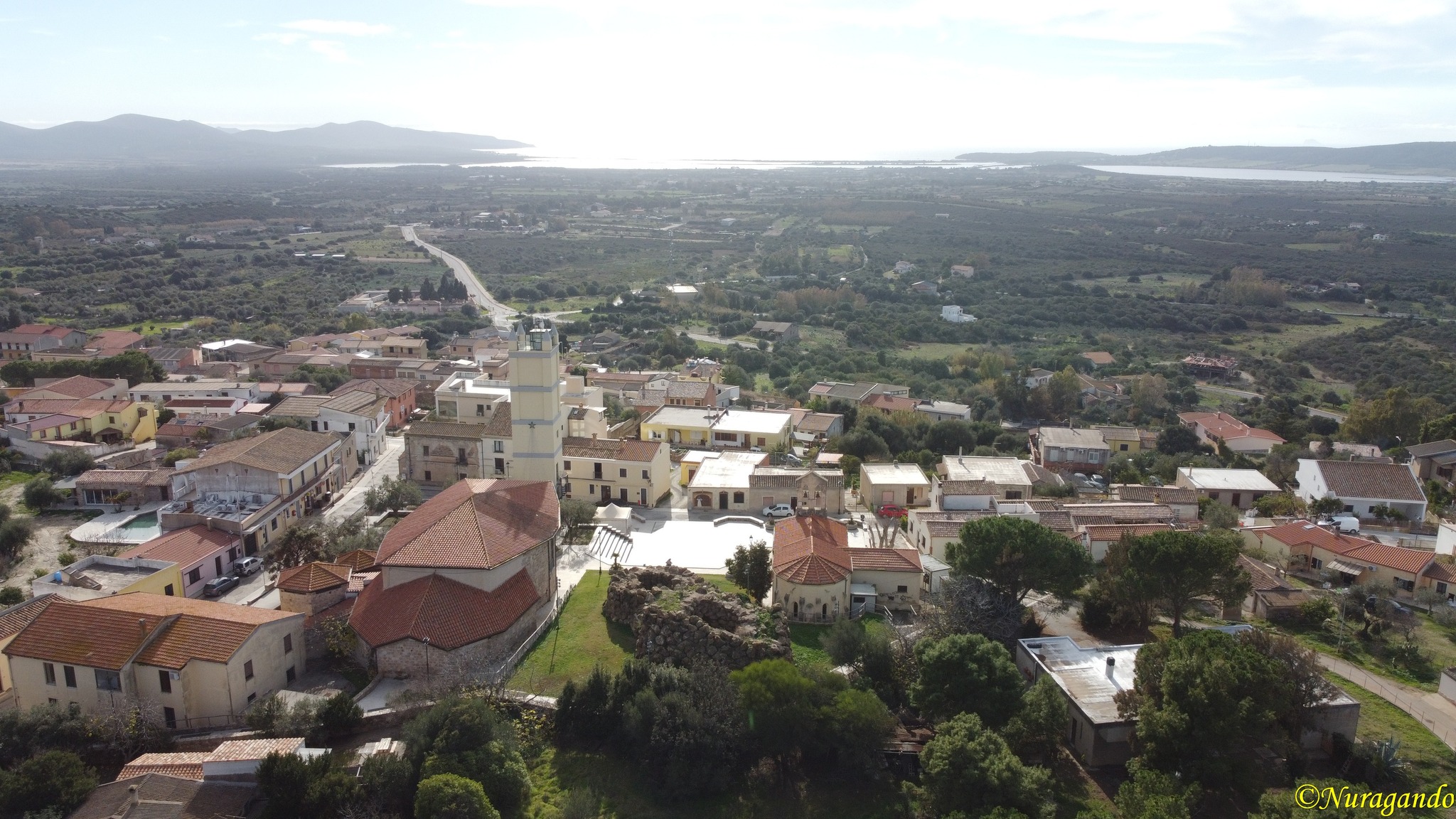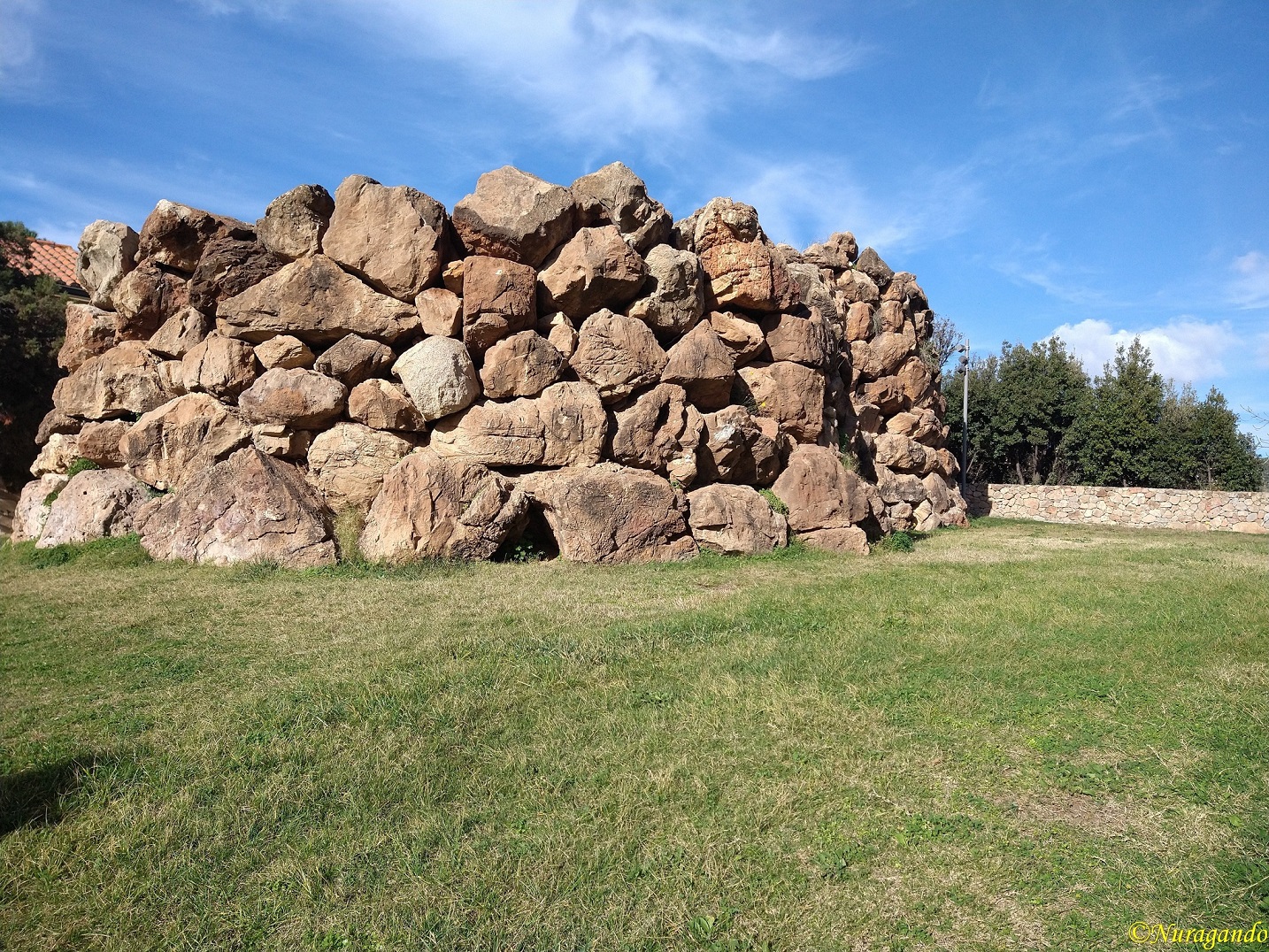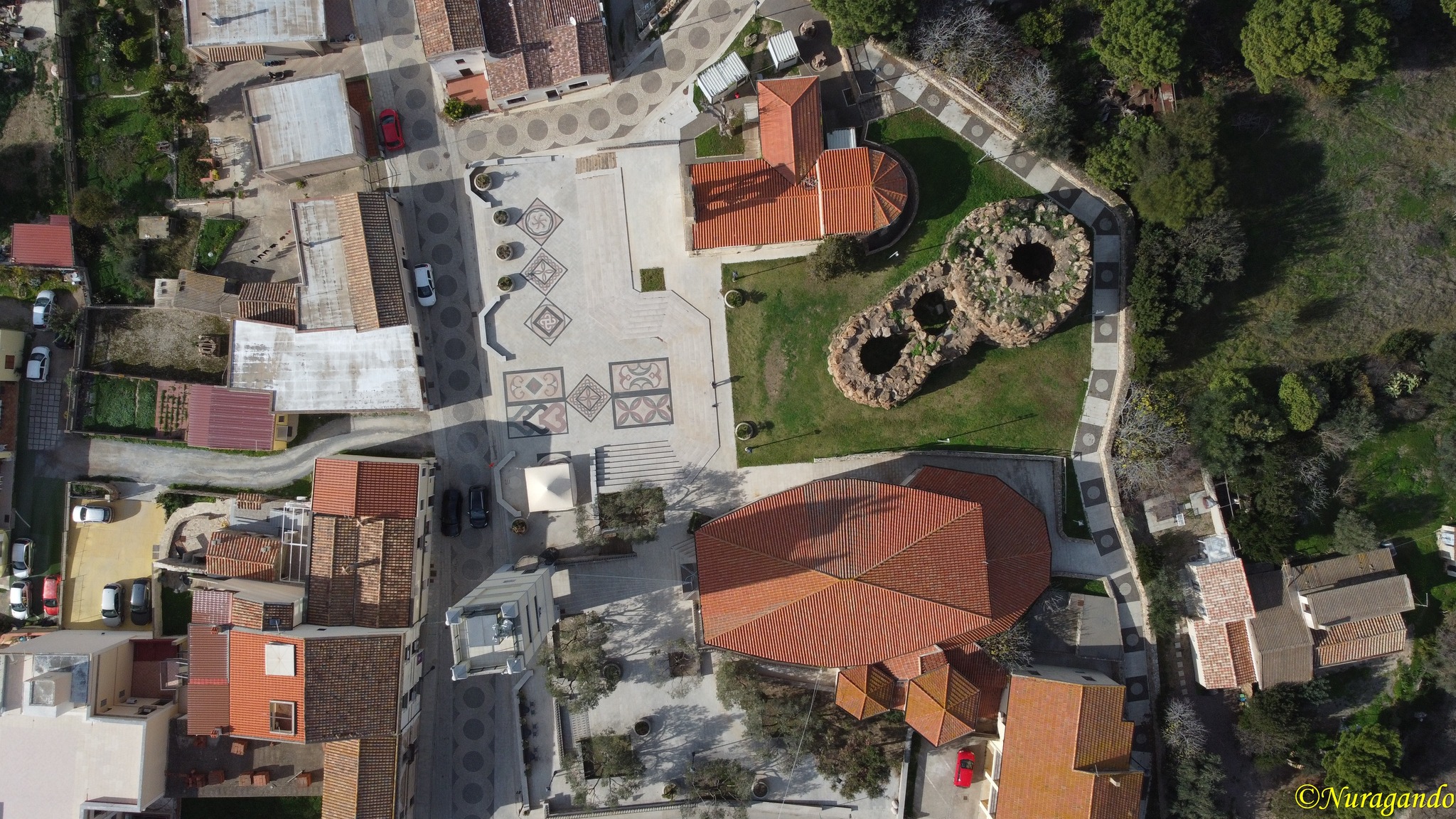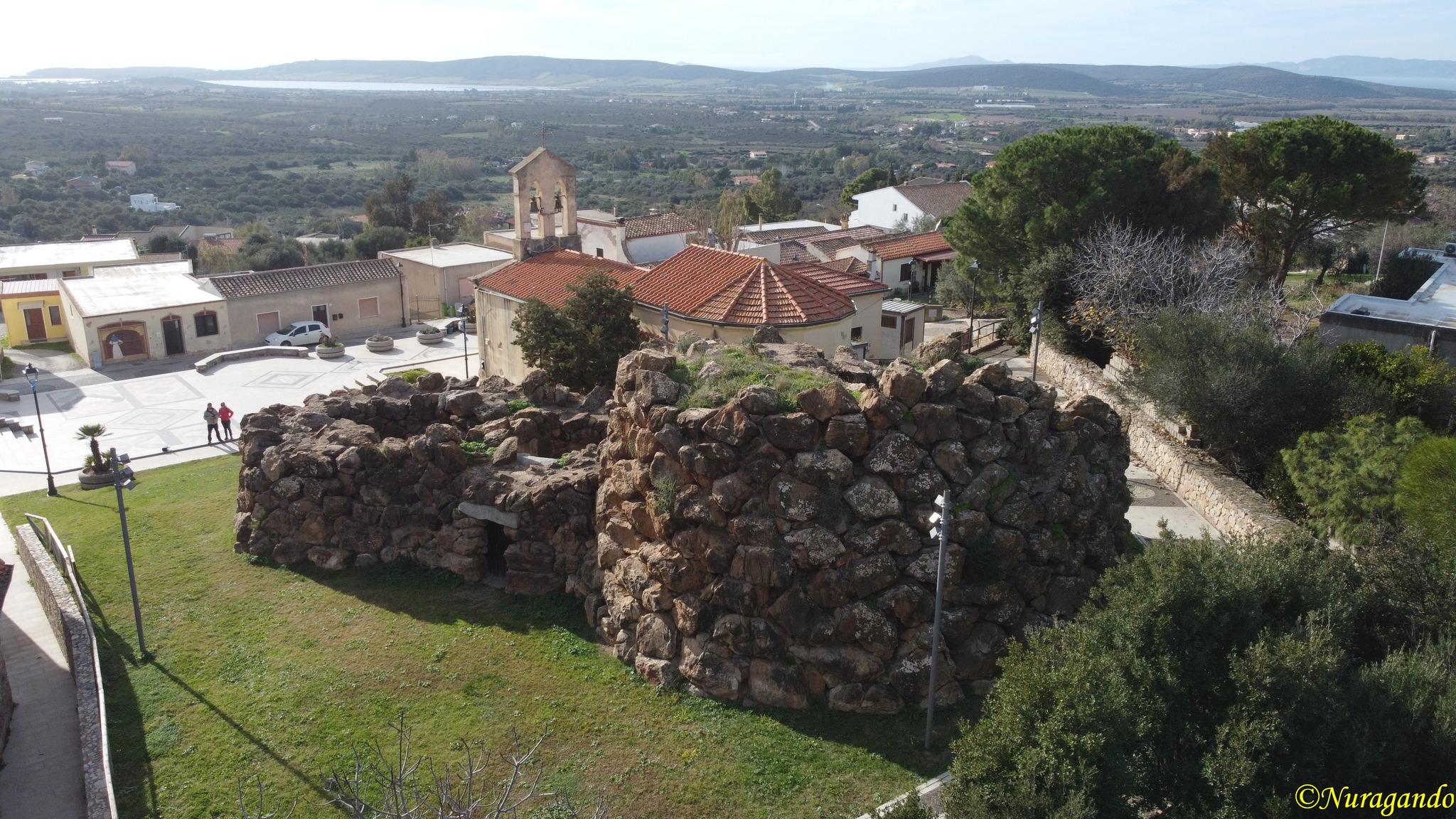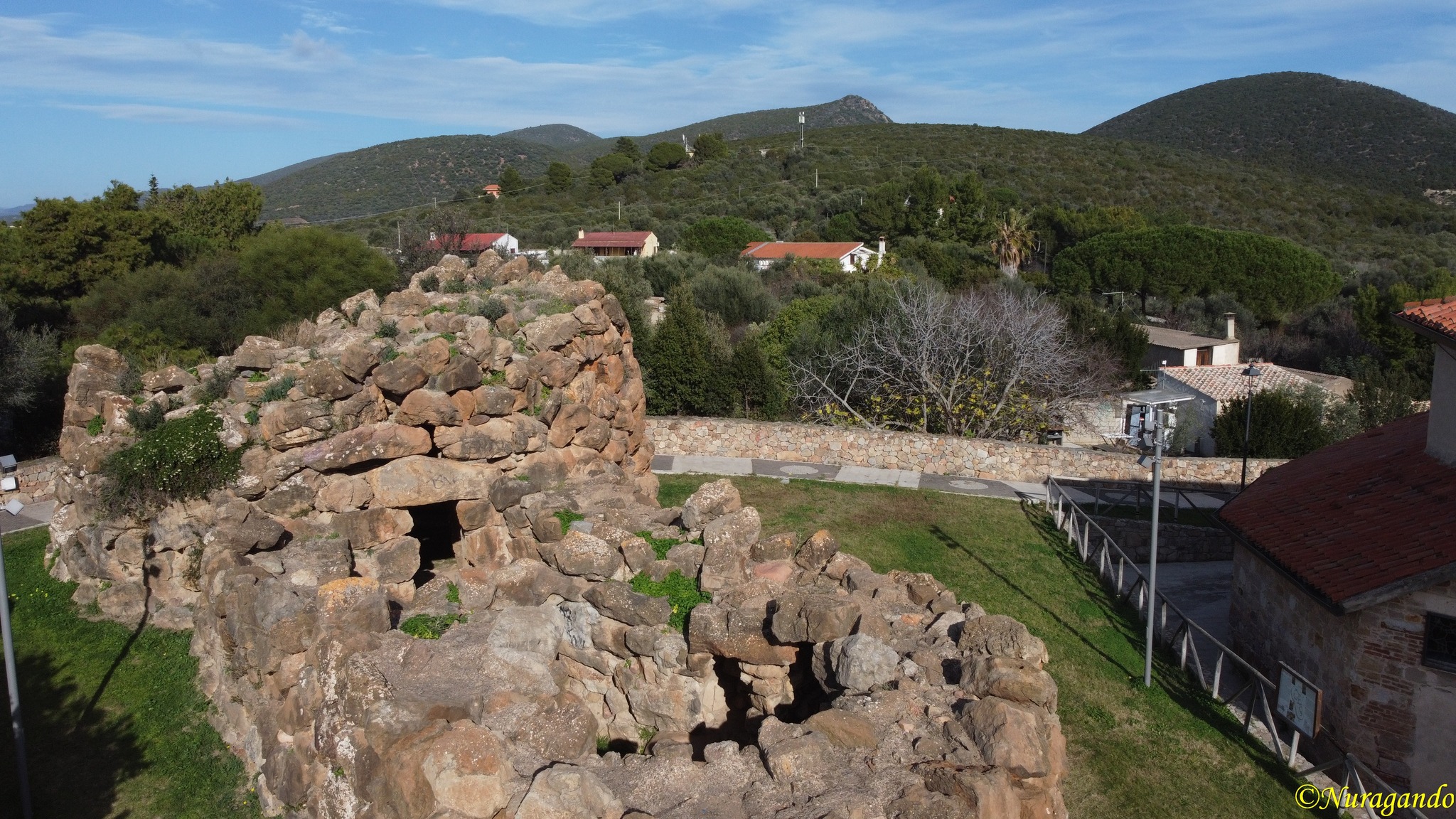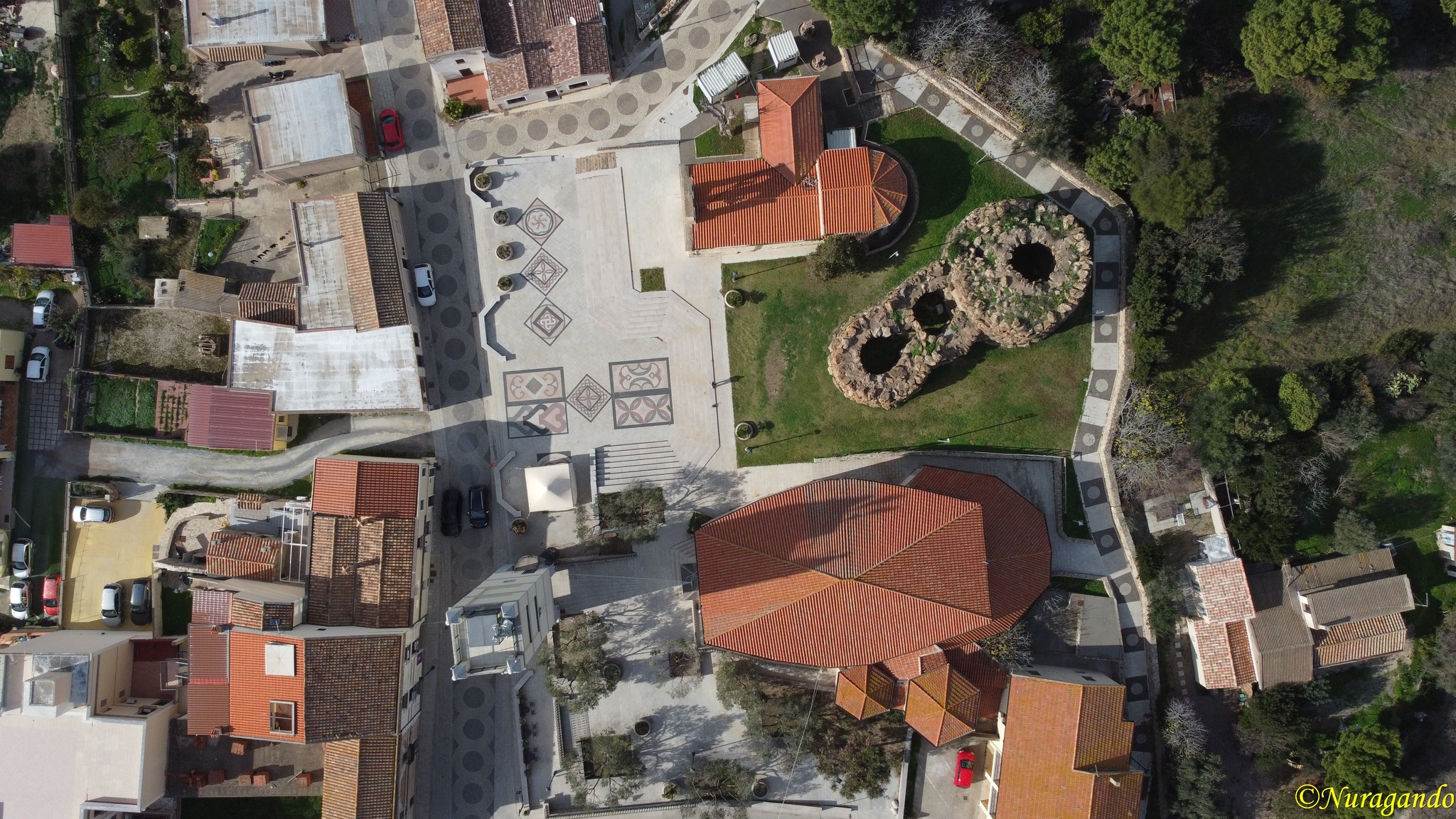“Between the two churches dedicated to the patron saint of the Sulcis center of Sant’Anna Arresi, in southwestern Sardinia, there is a very rare case of a ‘civic’ nuraghe.
A Neolithic site, a nuraghe, and two churches: an archaeological-artistic complex contained within a space of just a few dozen meters. Around the nuraghe.”ArresiThe first inhabited nucleus of Sant’Anna Arresi has emerged, a town in the lower Sulcis that combines prehistoric origins with the patron saint in its name, to whom both the ‘old’ and new parish churches are dedicated. The nuraghe, dating back to the 15th-14th century B.C. (Middle Bronze Age), stands between the two churches and was built on an older settlement inhabited during the Late Neolithic and early Eneolithic (3200-2600 B.C.). To complete the prehistoric picture within the town are two nuragic fountains, to the east and west of the monument. This is a case of cultic overlap: various ‘spiritual fortresses’ succeeded one another in the town over the millennia.ArresiIt is a nuraghe ‘a tancato’, meaning it consists of a main tower connected to a secondary one by two masonry arms that enclose a courtyard. The building is made of limestone blocks arranged in irregular ‘tessitura’ rows. The main tower (mastio) has a diameter of about 13 meters and is currently seven meters tall, while the secondary tower is smaller: its diameter is four meters and the remaining height is two and a half. The entrance is in the eastern masonry arm, topped by a granite lintel, and leads into a corridor where two small rooms open on the walls. The corridor leads to the inner courtyard, which is overlooked by the two towers. Inside the mastio, along a corridor, there is a small blind room and a narrow, steep staircase. Inside the main chamber, three niches arranged in a cross pattern are carved out. In the secondary tower, there are a small room and a contiguous niche. There are no traces of a terrace or coverings.tholosof the towers. The complex gives its name to the square in which it stands, called the Nuraghe…” (Sardegna Turismo)
The photos of the nuraghe Arresi are by Andrea Mura-Nuragando Sardegna


